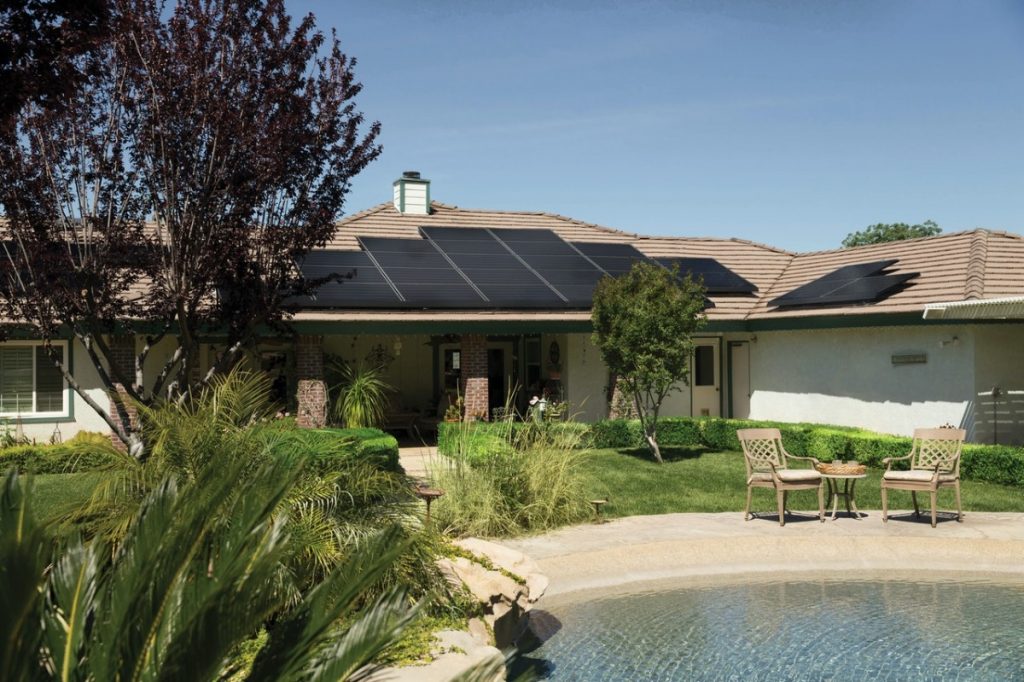According to The Global Risks Report 2021 of the World Economic Forum, humanity faces the highest impact risk in the next decade from infectious diseases, followed by climate action failure and other environmental hazards such as biodiversity loss and natural resource crises. Within the next two years, the looming threats will include human-made environmental damage as well as employment and livelihood crises.
People are already experiencing widespread financial difficulties during the pandemic. A survey by the Pew Research Center in January 2021 shows the huge financial toll of the coronavirus pandemic on the American population. Since the pandemic began, a third of U.S. adults lost their job or had someone in their household laid off. Almost a third said they or someone in their household took a pay cut.
Eighteen percent worry about being able to afford enough food, 19 percent worry about paying their rent or mortgage, and 25 percent worry about paying their bills. Twenty-seven percent worry about being able to afford health care for themselves and their family, 29 percent worry about retirement savings, and 30 percent worry about the growing amount of their debts.
Another survey by the Center in March this year shows that 21 percent of U.S. adults have high levels of psychological distress, and among them, 34 percent said the pandemic is threatening their financial situation. Sustainable living practices address both threats of climate and economic crises. By choosing sustainable options, you cut down on expenses while helping save the environment.
Living Green
Many people have joined the tiny home movement to do away with having to pay a mortgage or rent. A small house is not only cost-effective, but it also uses less land and has less encroachment on the surrounding environment.
If you are building a tiny home, it will be more appropriate to use sustainable materials that are from renewable sources or recycled from waste. For instance, there are building blocks made of hemp and lime that are strong, lightweight, waterproof, fireproof, and recyclable into fertilizer. For insulation, you can use recycled newspapers, cardboard, or denim treated to become non-flammable.
Materials repurposed from other previous uses are also cheap and eco-friendly. You can scour ads for old furniture that owners are giving away. If these do not fit into your tiny house, you can make smaller pieces out of them. You can transform one large table into a small table and two benches.

Install solar tiles on your roof and other parts of the house to lower your energy bill.
Maximize windows to bring in natural light so that you only need artificial light at night. Use low-emissivity glass that keeps your interior warmer in winter and cooler in summer to have less need for heating and air conditioning. Utility bills are unavoidable, but you can reduce them. Make sure to regularly clean and maintain the appliances you install. Those that are not working efficiently will use more energy.
If you have a damaged or worn rubber seal or gasket on your refrigerator door, cold air will leak out and warm air will get in, making your refrigerator work harder. This will mean a higher energy bill and a shorter life span for your appliance. In this case, spending on refrigerator repair services will save you money in the long run. Do the same checks on your air conditioning unit and heating system.
Set up your water system so that it uses the water from your sink and your laundry to flush your toilet. You can also put up a rain-catching system and use that water for cleaning the outside of your house and the bathroom, and for watering plants.
The limited space requires a minimalist lifestyle that eliminates excess. Since you will not have much storage space, pare down your belongings to the essentials. You do not need too many clothes and shoes; retain only enough and choose those that are durable and timeless in style. Sell, donate, or give away things that you no longer need.
Be consistent and follow through on other parts of your life. Instead of plastics, choose reusable glass or ceramic containers. Do not be wasteful with anything, including food.
A Sustainable Lifestyle
The financial crisis during the Covid-19 pandemic highlights the need for a thrifty and sustainable lifestyle. This can be the nudge that the world needs to act now on grave ecological concerns.
By choosing sustainable practices for yourself and your family, you will not only be saving money, but you will also be doing your share for the planet. Sustainability must not become just a trend but rather the mainstream lifestyle henceforth.






